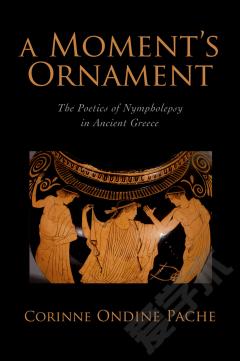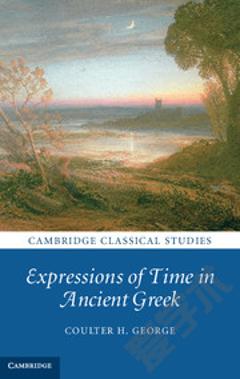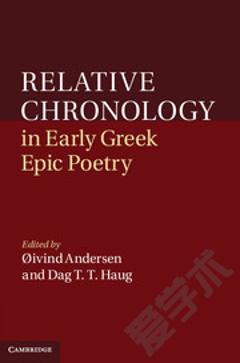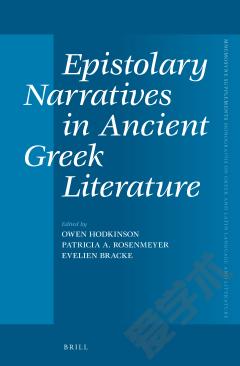A Moment's Ornament —— The Poetics of Nympholepsy in Ancient Greece
----- 片刻的饰品:古希腊狂热诗学
From Hesiod's first person account of his encounters with the Muses on Mount Helikon to Theokritos' nymphs, love between goddesses and mortal men provides the ancient Greeks with a way of articulating both the genealogical and cultic connection to their gods and to their past. A Moment's Ornament examines the theme of nympholepsy-the experience of being "seized" by a nymph or a goddess-in ancient Greek cult and poetry from the Archaic to the Hellenistic period. In poetry, this topos, which is ubiquitous in many of the most well-known ancient Greek sources, focuses on the figure of the goddess, or nymph, who falls in love with a mortal man and subsequently bears a mortal child. The theme also finds its way in ritual as stories of encounters between divinities and mortal men give rise to sanctuaries centering on nymphs and nympholepts. Beyond the individual dimension of the nympholeptic experience, these narratives are also integrated within the community through both poetry and shrines. Nympholeptic narratives thus articulate key elements of the bond between mortals and immortals and the connection between myth and ritual in ancient Greece. Both the cave sanctuaries founded by ancient nympholepts and the poets' narratives of love between goddesses and their mortal lovers function as "a moment's ornament" by preserving the memory of an encounter with the otherworldly at the intersection between myth and cult.
{{comment.content}}








 京公网安备 11010802027623号
京公网安备 11010802027623号